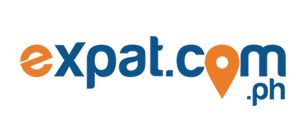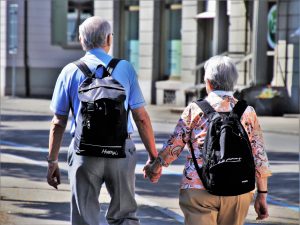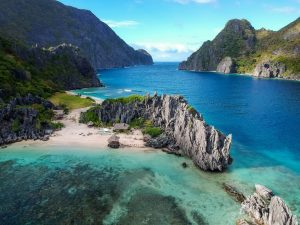An international move is a major undertaking and relocating to the Philippines is one of the most significant events in one’s life. It’s natural to have lots of question since you are eased out from your comfort zone and transferred to another environment. Find answers to your questions before traveling so you won’t feel like a foreigner in a foreign land.
Is travel to the Philippines safe?
The tag “Safe to Travel” is a misnomer because it infers that you won’t be exposed to any danger or risk. And there is no guarantee that you will be 100% safe anywhere in the world even in your home. Like any country, the Philippines has pockets where violence is more likely to occur and places where it is safe. The best way to know if it is safe to travel is by tuning to the news broadcast or connecting with your embassy for any travel advisory.
What is the weather in the Philippines?
The weather in the Philippines is generally hot and quite humid with the average temperatureranging between 21 °C (70 °F) and 32 °C (90 °F). There are three seasons, namely:
|
SEASONS |
DURATION |
|
Hot dry summer (Tag-init) |
March to May |
|
Wet (Tag-ulan) |
June to November |
| Colder dry (Tag-lamig) |
December to February |
January is considered the coldest month while May is the warmest.
How much is the cost of living in the Philippines?
The cost of living depends on your lifestyle and the number of people that stays with you.Here is a computation of the necessities that you would need, it includes rent, food, transportation, and utilities.
| ITEM | PRICE |
| Rent: 1 Bedroom Apartment in the city | $ 280 |
| Food: 3 Meals/ day at an inexpensive restaurant for 2 | $480 |
| Transportation: Monthly public transport for 2 | $70 |
| Utilities (Electricity, Heating, Cooling, Water, Internet) | $120 |
| TOTAL | $950 |
Can a foreigner work in the Philippines?
With a tourist visa, you cannot. You can if you have the proper Philippine employment permits and working visas issued by the Bureau of Immigration (BI) and the Department of Labor and Employment (DOLE).
Or you can cut corners and marry a Filipina to obtain an automatic work permit. Beware! There is no divorce in the Philippines.
What are the modes of transportation?
The Filipinos are innovative people that is why they have some of the most peculiar and exciting rides in the world, here are some of those:
Light Rail Transit (LRT). It’s the fastest way to move around Metro-Manila especially with the current state of traffic,
Jeepney. This serves the commuting public and the cheapest way of getting around the streets of the metro and the provinces.
Tricycle. A motorcycle attached with a sidecar that makes a three-wheeled vehicle. They service many parts of the cities to transport the riding public in designated routes, they cannot traverse the major thoroughfares.
Bus. They ply longer routes to rural and suburban destinations from major cities.
Ferryboats (Ro-Ro). An acronym for roll on/roll off freight vessel built for inter-island transport of vehicles with passenger accommodations.
Taxis. They operate within the city but can travel to provinces for an extra charge. There are options like Uber, Grab, or other vehicles for hire.
Horse Carriage. Popularly known as Kalesa, a bit of nostalgia when you ride one ‘coz this was the mode of transport many centuries ago.
Do I need to learn to speak Tagalog?
You don’t have to. English is the Filipino’s second language, it is used as the medium of teaching in schools and acknowledged as the business language. But if you want to have a fun time with the locals, try speaking Tagalog with your twisted tongue and notice the happy smile in their faces and the acceptance that you are their friend.
Sources and citations:
https://www.numbeo.com/cost-of-living/country_result.jsp?country=Philippines




